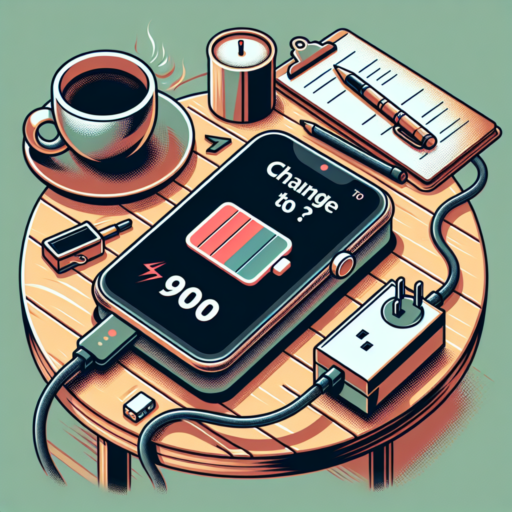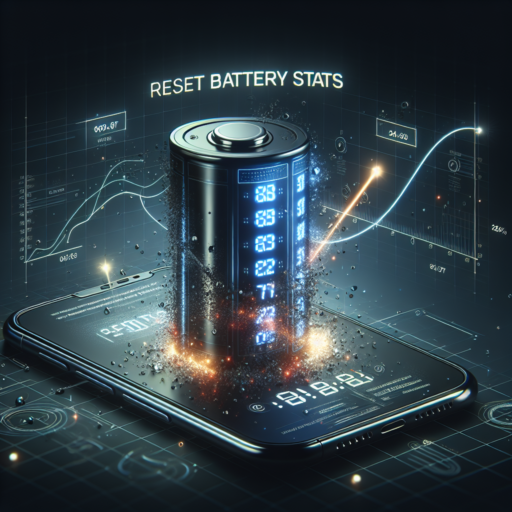Should I charge my smart watch to 100%?
Charging a smart watch to 100% is a common practice for many users. However, with the advancement of battery technology, it’s worth exploring if this habit is beneficial for the long-term health of your device. Smart watches, like any other device powered by lithium-ion batteries, come with specific charging needs to maximize lifespan and performance.
Understanding Battery Health: The health of lithium-ion batteries in smart watches is influenced by how they are charged. Keeping a battery between 20% and 80% can often prolong its lifespan. Charging up to 100% doesn’t necessarily harm the battery instantly, but consistently doing so may lead to a faster degradation of battery capacity over time.
Optimal Charging Practices
Adopting optimal charging practices can contribute to the longevity of your smart watch’s battery. It’s recommended to avoid letting the battery drain to 0% before recharging. Instead, consider plugging in the charger once it dips below 20% and unplugging it once it reaches around 80% to 90%. This approach helps in maintaining the battery’s health and could reduce the need for frequent replacements.
At what percentage should I charge my smart phone?
Many smartphone users often wonder about the optimal charging level for their devices to maintain battery health over time. The consensus among experts suggests that keeping your smartphone battery charged between 20% and 80% is ideal for extending its lifespan. This charging technique, known as the 20/80 rule, helps in avoiding the stress on the battery that occurs when it is completely discharged or fully charged.
Charging your smartphone when it drops to 20% prevents the battery from reaching a deep discharge state, which can significantly strain and reduce its overall capacity. Conversely, not charging beyond 80% helps in avoiding the risk of overvoltage, which occurs when the battery is pushed to its maximum capacity, potentially shortening its life. This approach is grounded in the principle that lithium-ion batteries, which are commonly used in smartphones, prefer not to be fully charged or discharged to maintain optimum health.
Implementing this charging strategy can be facilitated through various smartphone features and apps that alert you when your battery reaches these key levels. Although adhering strictly to the 20/80 rule may not always be practical for every user, incorporating it into your charging habits as much as possible can contribute to a noticeable difference in your smartphone’s battery longevity.
Is charging to 90% good?
Many people wonder about the optimal charging level for their electronic devices, especially as the lifespan of these devices often plays a crucial role in their daily activities. Charging to 90% has emerged as a topic of interest among users aiming to maximize the health and longevity of their device’s battery.
Understanding Battery Health
When discussing battery health, it’s essential to recognize the relationship between charge cycles and battery longevity. Batteries operate within a finite number of charge cycles, with each cycle representing a complete charge from 0% to 100%. By opting to charge a device up to 90%, individuals might reduce the stress on the battery, potentially extending its usable life. This practice can be particularly beneficial for lithium-ion batteries, commonly used in smartphones, laptops, and tablets.
Benefits of Charging to 90%
- Extended Battery Life: Charging to 90% can help in prolonging the battery’s overall lifespan by minimizing the number of full charge cycles.
- Reduced Heat Generation: Batteries tend to generate more heat during the final stages of charging. By stopping at 90%, heat generated by the charging process is reduced, which can protect the battery’s health.
No se han encontrado productos.
Is it okay to overcharge smart watch?
When it comes to ensuring the longevity and performance of our smart watches, understanding the intricacies of battery management is crucial. A common concern amongst smart watch users revolves around the potential risks and consequences of overcharging their devices. With the advanced technology integrated into these wearable gadgets, one might wonder if overcharging is a thing of the past or if it still poses a threat to their beloved accessory.
Most modern smart watches are equipped with lithium-ion batteries, which are designed with smart charging circuits to prevent overcharging. These circuits are engineered to automatically stop charging once the battery reaches its full capacity. This means that, technically, leaving your smart watch on the charger overnight should not lead to overcharging. However, consistently charging your smart watch to 100% and keeping it at full charge for extended periods can still affect the battery’s lifespan negatively over time.
Furthermore, the ambient temperature plays a significant role in battery health. Charging your smart watch in overly hot conditions can exacerbate potential battery degradation, regardless of whether it’s overcharged or not. Therefore, ensuring that your charging environment is cool and well-ventilated can help in maintaining optimal battery health. Observing these practices, along with moderating your charge levels, can contribute to preserving your smart watch’s battery efficiency and overall device longevity.




